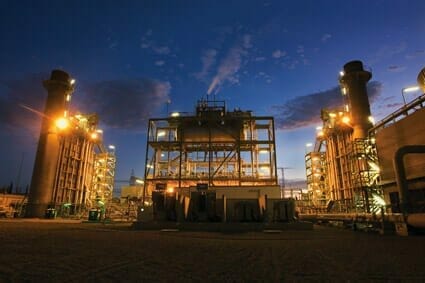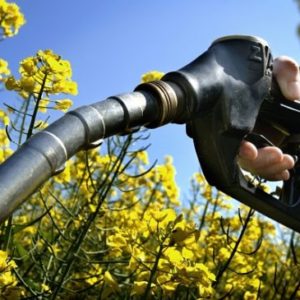E – 1546 Power Plant Cogeneration
$75.00
Courses Included
This publication provides an introduction to electric power plant cogeneration. Cogeneration is the simultaneous generation of electricity (or mechanical energy) and steam (or other thermal energy such as hot air or hot water) from the same fuel (or energy) source.
Course Outline
1. DEFINITION
2. CYCLES
3. EFFICIENCY
4. METHODS OF OPERATION
5. INTERCONNECTION WITH UTILITY
6. ECONOMICS
7. REFERENCES
This is an introduction to the strategies that may be employed in cogeneration operation of electric power generating plants and distribution systems.
Description
This publication provides an introduction to electric power plant cogeneration. Cogeneration is the simultaneous generation of electricity (or mechanical energy) and steam (or other thermal energy such as hot air or hot water) from the same fuel (or energy) source.
Course Outline
1. DEFINITION
2. CYCLES
3. EFFICIENCY
4. METHODS OF OPERATION
5. INTERCONNECTION WITH UTILITY
6. ECONOMICS
7. REFERENCES
This is an introduction to the strategies that may be employed in cogeneration operation of electric power generating plants and distribution systems.
- Learn about the cogeneration cycles which consist of operating energy conversion equipment such as boilers, turbines, and electric generators so as to produce both electricity and steam or other thermal energy;
- Learn about the basic conventional cycle which consists of a steam boiler and turbine, which drives either an electrical generator or other mechanical equipment, and from which steam is extracted or exhausted to environmental heating or processes;
- Learn about the combined cycle which consists of a gas turbine which exhausts to a heat recovery steam generator;
- Learn how under parallel operation, a cogeneration plant is electrically interconnected and synchronized with an electric utility distribution or transmission system, with both the cogenerator and electric utility generating electricity simultaneously;
- Learn about peak shaving; and
- Learn about isolated operation, where the cogeneration plant generates, independently of the electric utility, all electricity and steam needed and used by the facilities that it serves.






